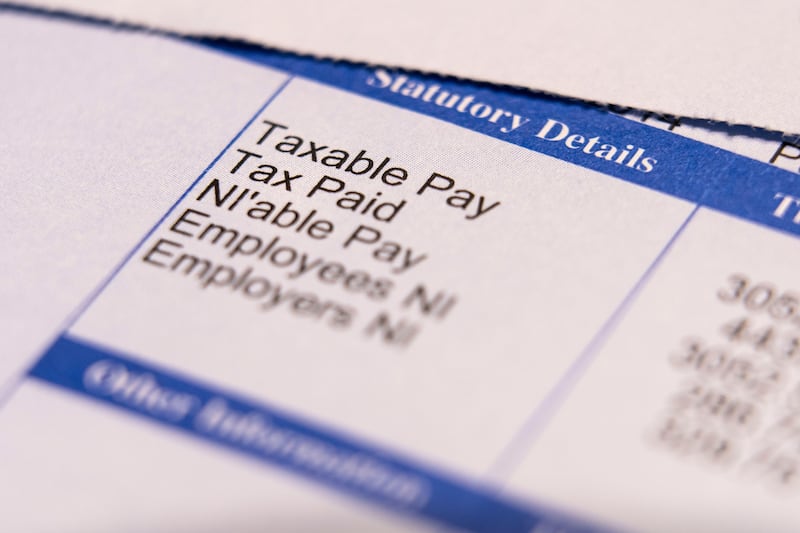THE average wage in Northern Ireland fell back slightly last month, new official data shows.
Median monthly pay dipped by 2.6 per cent (£56) to £2,062 between March and April, according to the latest labour market report from the Northern Ireland Statistics and Research Agency (Nisra).
The average monthly wage is still 6.6 per cent (£128) up over the year, but that’s still well below the UK’s official rate of inflation, which stood at 10.1 per cent in the year to March.
The report showed the number of staff on company payrolls also fell back in April, dipping by 0.6 per cent to 785,513, the equivalent of around 5,000 fewer people.
Both the HMRC PAYE data and Nisra’s wage tracker have been on a general upward trend over the past two years.
April’s labour market report also revealed a 3.8 per cent increase in Northern Ireland’s official claimant count last month. That took the total to 37,500, or 3.9 per cent of the workforce.
The Department for the Economy was notified of 70 confirmed redundancies during April. Companies are only required to notify Stormont when laying off 20 or more staff.
Nisra said the number of proposed jobs cuts in that category was too low to disclose last month.
Despite the apparent softening in the labour market last month, Nisra’s analysis showed the north’s unemployment rate still at a near record low of 2.5 per cent in the three months to March, just a fraction above the pre-pandemic rate.
There was also a slight improvement in the employment rate in the same three months, increasing to 72 per cent, just shy of the 72.4 per cent rate recorded in the final quarter of 2019, before the pandemic.
Economic inactivity meanwhile dropped to 26.1 per cent, just slightly above the 25.8 per cent rate recorded in the last full quarter before the Covid-19 pandemic.
Mark McAllister, director of employment relations services at the Labour Relations Agency (LRA) said plateaus and dips in the labour market data can be a bellwether for the industrial reatlions climate.
“With the current backcloth of strikes and industrial action showing little sign of abating, it looks as if this trend may continue for some time,” he said.
“The recently announced budget position for Northern Ireland and subsequent cuts to government department budgets, will mean that calculations are being made in terms of front-line services and impact on staff, which could mean that redundancies are something that perhaps need to be contemplated.
“Double digit inflation has brought the issue into sharp focus, but it is not simply tied to a transitory spike or argument about wage hike inflation crossing sectors; it is rather a longer term vision and strategy, aligned to broader matters ranging from good work to social value,” added Mr McAllister.






